Ómós Digest #174: Having a craft identity.
Is it important and does Ireland have one? Written by Cúán Greene.
I’m on a mission to better understand Ireland’s connection with craft. I want to know whether Ireland has a craft identity. I’ve grown up in a family that recognised the value of craft, being craftspeople and artists themselves, and as a result things were always made. I’ve known that the objects that sit in my family home, regardless of their material value, were or would become heirlooms, passed on to our generation and those after us. As a result of this learned behaviour, along with my culinary appreciation and education, Ómós was established. Over the last 3 years we have dug deep into the national archives, scavenging through history, unearthing national treasures and stories of our land and people. We’re in constant dialogue with our existing makers and discovering new ones along the way. And while we certainly feel a cross-disciplinary revival and momentum across Ireland’s art scene, it is clear that a great deal of traditional craft is being left behind. Historically, this is a nation rich with craft, however today much of it is either hidden, underappreciated, or lacking any form of support. In this article, I aim to articulate the relevance of craft in modern society, sharing the views from a collection of those most qualified to represent it.
“It’s important that people realise that things are made. That they come from a place. A lot of what we handle is now manufactured with very little idea of where it was made. – Joe Hogan, Basketmaker.
Where on earth do we come from and what might have been?
Firstly, before we explore the condition of craft today, I want to take a look back at where we came from, or might have… Irish crafts trace their origins back to the Stone Age when functional items like metalworks, baskets, textiles, and pottery were created out of necessity. Throughout the centuries, craft designs evolved in response to shifts in the political and economic landscape. Baskets were weaved to carry turf from the bogs or food from the fields, iron pots for cooking, and pottery bowls and cups for serving. From around the 1st century BC, Irish metalworkers created extravagantly decorated objects such as the highly detailed, highly ornate Broighter Collar found close to the shore of Lough Foyle at Broighter, Co. Derry and later the golden crescent Lunula, along with dress fasteners, bracelets and other ornaments from gold, on display at the National Museum of Ireland today. These preserved items have been discovered stowed in hoard boxes (who knows what still exists out there) displaying the extraordinary skill and craft practised in Ireland then. In 1868 the intricately decorated Ardagh Chalice was found in a potato field in Co. Limerick and is said to date back to the 8th century. The National Museum of Ireland acknowledges that “The form of the chalice recalls late Roman tableware, but the method of construction is Irish.” However, the most difficult period for Irish design occurred during British rule, with the Great Famine of the mid-1800s accelerating its decline. The mass exodus of people from Ireland and the extreme poverty of those who remained severely threatened the survival of traditional crafts and everyday objects, coupled with the near eradication of the Irish language and other aspects of native culture. If Ireland had avoided occupation, and its indigenous clans and Celtic royalty were allowed to evolve to their highest potential, it warrants the question, what could have been?
Stories in the hands
I had the great honour of speaking with Joe Hogan this week, who has been making willow baskets at Loch na Fooey in Co. Galway since 1978. For years I have heard my mother and artist, Róisín de Buitléar, speaking with reverence about Joe’s work and commitment to Irish craft, and so I wanted to learn whether he felt craft was relevant today, and if so, why? Over 30 years ago he left city life to better master his trade as a basketmaker in an Irish-speaking community of Galway, along with his wife and infant. Having originally learned basketry in the South East, when he came to Loch na Fooey, he was inspired to find entirely new techniques such as the creel basket, which today is a skill endangered and on the brink of extinction. The realisation set in that the craft differed from region to region. Many thought he was profound (abandoning the city for such a life), but for Joe, he needed to learn and live amongst the great makers of the region. In 2021 Joe received a Lifetime Achievement Award for his extraordinary work and contribution to Irish craft. He expressed “The greatest reward is being able to do what I have done for a lifetime”. He told me “It’s important that people realise that things are made. That they come from a place. A lot of what we handle is now manufactured with very little idea of where it was made. Craft refocuses on the idea of what work should be like, about care. Craft can be an avenue into a way of looking into a better world”.


Speaking with Rosemary Kavanagh, also a basketmaker, based in West Cork, who learned her craft through Joe and Alison Fitzgerald, she shared that “Joe has tended the ancient spirit of the craft. The knowledge he holds has been passed on from generation to generation. The stories of ancient times have passed to his hands, and we as weavers of this ancient craft are just a thread in the tapestry.” Rosemary told me that she has “benefited from the generations that have come before me, who have tended and shared their lives weaving willow ensuring the depth of skill to be passed on.” I was so inspired by the manner in which Rosemary spoke. She talks about craft and making in a way that so few do. She continued, “our hands have a unique ability to create, capable of controlling the fine movement of a fiddle or a brush stroke” or weaving a basket from native willow. As humans, we have this incredibly unique quality to create beauty for beauty’s sake. Rosemary shares that “Craft has a therapeutic effect, in a world that feels so divisive. We’re meant to create, we're meant to gather, we're meant to be in the land.” Similar to the effects of going out and spending time in nature, harvesting food and later cooking it, craft connects, restores, and reminds us of the wellbeing the human body requires.
Rush for modernity
According to Joe, “Today, there’s almost a contradiction in how craft can be associated with privilege, that only (wealthy) people with money can afford.” Joe is both known for his artistic willow baskets, woven materials he finds in the wild (like wood and deer antlers), but also makes smaller, more affordable baskets and nest-like ornaments. The cost accorded to craft today takes into account the labour associated with each object, which is made by hand. Joe says, “You become conscious about the people who can afford it. There’s a tension associated with it. It’s always been important to me to make things that anyone can afford, such as the nests I make, that fall into a more affordable category”. However, despite the structural stability of Joe’s baskets and capable hands, our national heirlooms and skills have struggled to stand the test of time, due to a dispensable society dependent on scalability and mass production. Joe speaks of a tension with the cost of craft these days. But in the land where everything must be cheap, well then what does that say about value? Today, many of the pieces we fill our houses with are not built to last. They have an expiry date. Somebody was asked to design something that was not to last. He continues, “If you were to take a piece and divide its price by the amount of years it has survived and been of use, what value has it then? I have a scythe I use and it's almost 60 years old, and it's fine because it has a great blade.” With craft, pieces are passed on intergenerationally. Places come alive. New houses or homes furnished with new objects all at once lack soul. They lack the stories within the crafts; where they were made or where the material used to make them came from. Crafts are beautiful living stories that we use and admire every day.
The invisible
Despite the rising cost of handmade craft, making a living as a craftsperson is becoming increasingly difficult and unpredictable. Rosemary, who now has a young family, says about her livelihood, “It was easier to be poor 15 years ago”. Basketry is neither recognised as an art nor a craft by the Art or Design Council, and therefore Rosemary’s work as a traditional Irish basketmaker is not supported. As a result, she has little to no access to grants or government aid, unless she pivots into weaving pieces made for art and design. But for Rosemary, the reason why she makes her baskets is so they can be used. For her, the thrill is seeing people make use of her baskets just like how they were designed, and have been used for 2000 years.
Look beyond our shores and you will find many examples of successful state policy and funding mechanisms designed to support craft. Craft is a hallmark of the Nordic Region. The Swedish established educational sloyd or slöjd, which is a system of handicraft-based education. In the present national curriculum for Swedish elementary schools, students have classes in slöjd every semester, normally between the ages of nine and fifteen. In most schools, the course is still divided traditionally into two parts: soft materials (textiles) and hard materials (woodwork and metalwork). Dr Audrey Whitty Director of the National Library of Ireland, acknowledges that Norway and the renowned potter Marit Tingleff is a household name. The only way they have achieved that is by having craft as part of everyday culture built into the schools - Ireland is in the perfect position for that kind of cultural expression. Indeed, Joe Hogan spent ten years working in Denmark. During his time there was a programme where crafters would go into schools for a week. Essentially, they were crafting awareness in everyone’s schooling, establishing a degree of regularity that creates an appreciation. “People always feel baskets are far less expensive after having done a 4 day course. Similar to when people see how much work goes into growing and preparing it.”
Similarly for our oysters, chefs are coming far and wide for our ceramics. It's a craft that now thrives here, developing a name for itself. I had thought this was largely due to the report of the Scandinavian Design Group in Ireland in 1962, and later the likes of Jim Dennison, formerly ceramics course leader and Head of Design at Limerick School of Art & Design, but Audrey informed me that it was largely due to a grassroots level of ceramics. Pottery became colloquial and familiar with the establishment of island-wide late night training courses. There was a huge focus on the twenty-six counties. As a result, we now have a thriving ceramics scene represented by Irish ceramicists and potters like Cathy Burke, Deirdre McLaughlin, Marcus O'Mahony and Stephen and Alexis of Fermoyle Pottery, to name a few. As a result, there is now an appreciation for ceramics. I see it everywhere - restaurants, homes, galleries - people collect and revere the objects. It's incredible to think that it is the result of projects like night courses that instilled such appreciation.
It's plausible that many never intended to make ceramics a career, an upskill of sorts, just like those who attend courses like Throwing Shapes do today. But the therapeutic nature in discovering a skill is encapsulating. Last week I met Jim Behan, a dedicated potter based in Co. Carlow specialising in slipware, who defines himself as an amateur, having worked also as a maths and English teacher throughout his life. While such a title might seem like an injustice to the work he produces, his dual application is akin to how the curragh makers would have worked. They built the boats so characteristic of our Atlantic coast line, but were not defined by it. It was a skill amongst other skills in which they had - like basket making and peat cutting, along with the diverse Irish lexicon and terminology that came with each skill.

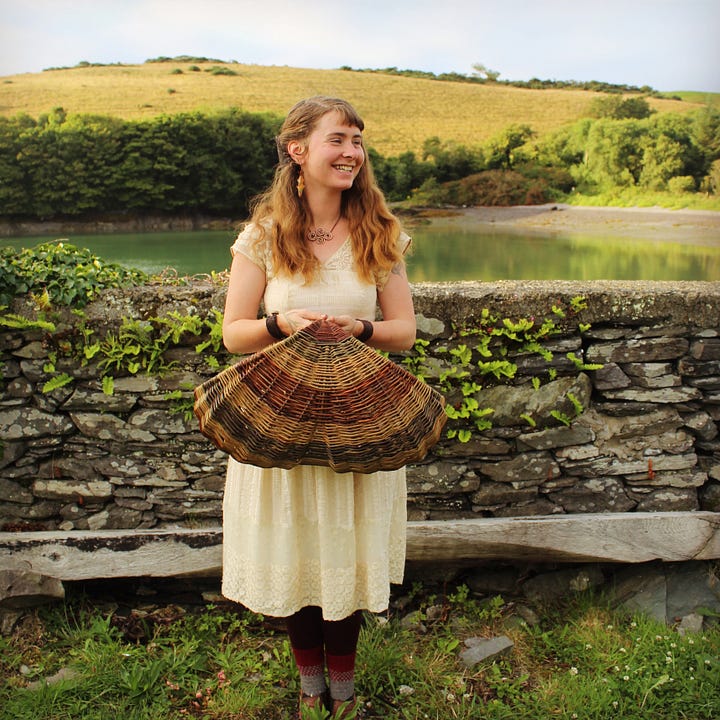
Looking at the UK model, The Heritage Crafts Council undertook a thorough investigation on what crafts were on the brink of extinction and which needed support of funding. Through apprenticeships and funding for the maker to teach the apprentices (as makers can produce less during early mentorship), the council ensured that these true crafts at risk were protected and supported financially with the emphasis placed on skills being passed on. There are also grants and bursaries available for makers to train and upskill. Rosemary said that she currently feels like she has plateaued and would love the opportunity to upskill. Since making is so time consuming, and the challenges of modern day life increasingly daunting, it's difficult to find the luxury of time to build upon skills. It’s worth noting that while basket making in Ireland and the UK share certain similarities, there are more differences that define them. Firstly we can start with the willow. English willow is finer. It’s more supple, easier to manipulate and produces a more refined product. However it is typically cultivated in farms and requires the application of pesticides, which has rendered the willow prone to disease, with imperfections and blemishes often on the rods. But like all UK crafts, they have not been blighted by oppression and famine, and therefore have been allowed to develop. Although these crafts may not be relied upon to the same degree as previous centuries, much of the traditional crafts have continued to receive support, allowing them to develop and improve. Irish willow on the other hand is either sourced wild or like Joe Hogan and Rosemary Kavanagh, grown by the maker. It is thicker and less supple, with greater variation of colours, and creates baskets that are unique and indigenous to the regions of Ireland. This country was very badly served for over 200 years. The vernacular indigenous to these parts, the shapes and designs that define our craft, is our story. The furniture of the ordinary people became the furniture of our people, defined simply by what was available and required for everyday use… We had different ways of doing things. The dining table was not recognised as a central part of the kitchen until the 19th century, and even then it was often pushed against a wall, as people gathered by the hearth. The National Museum declares that “The dresser was the most valued piece of domestic furniture in the Irish home, as it was the way in which the wealth and status of the household was displayed. The upper section was generally comprised of racks and shelves which displayed ceramic wares, with a cupboard or open area at the base. The dresser gave the maximum storage space for the area it occupied, with storage for food, pots and butter making utensils. It was made from pine and was painted to give it a rich, attractive appearance (as well as providing a protective layer).” What I love about vernacular furniture is it carries the humility and industrious nature seen in our people. Most items were designed to be mended rather than replaced. But there's also a great sense of joy displayed in its quirks, seen in the variance of motifs attributed to flora, fauna and abstract patterns. Dr Whitty shared that “The vernacular is deeply connected with the environment, landscape, seascape, and sustainability of the botanical and fauna. In Ireland, there is a history of artistry associated with beekeeping.” So while we may not have had or have the sheer volume of craftsmanship or materials available as the UK, I believe that the pieces that defined our past can inspire our future. But what good is it to pursue something that is not being recognised by government supported organisations? Rosemary says, “It comes from a place of cherishing and veiling our craft, they are a piece of our identity, our soul. The best thing is I do what I love.”
I truly believe Irish craft needs to be better represented in Ireland and a manifesto for its future needs to be rewritten with a deep understanding of its cultural value. That starts with it being represented by those who understand it and are a part of it, not solely by those who are focused on its economic output. Craft can play a significant role in our national identity, in this regard, Institutional boards that represent Craft and Art need to be led by the expertise of members with a mix of institutional and artistic excellence and not solely by those focused on its economic output.


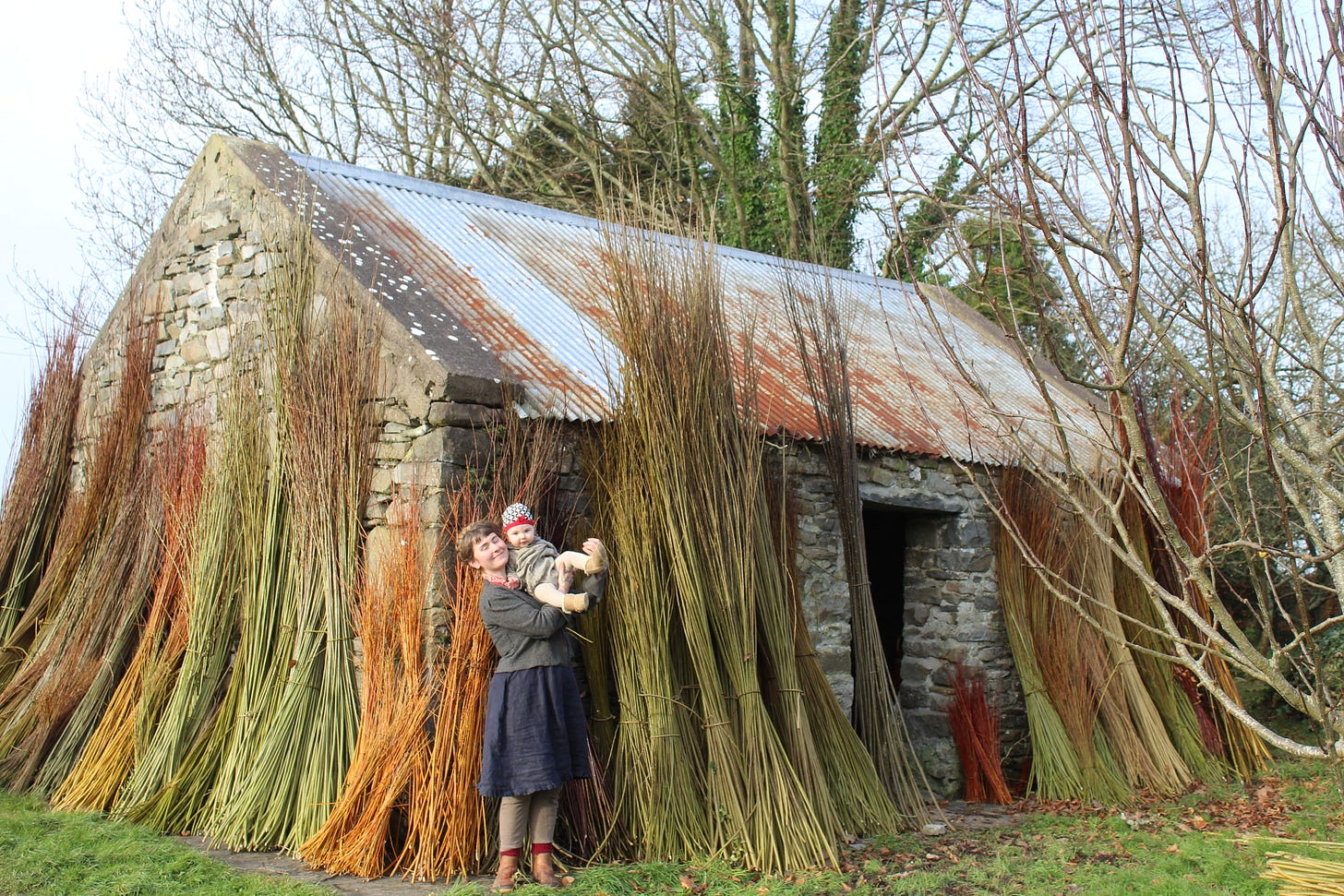
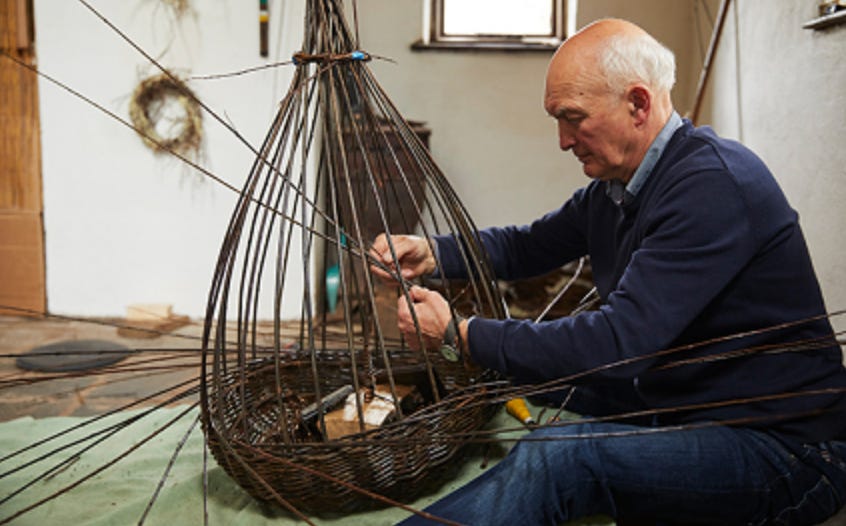
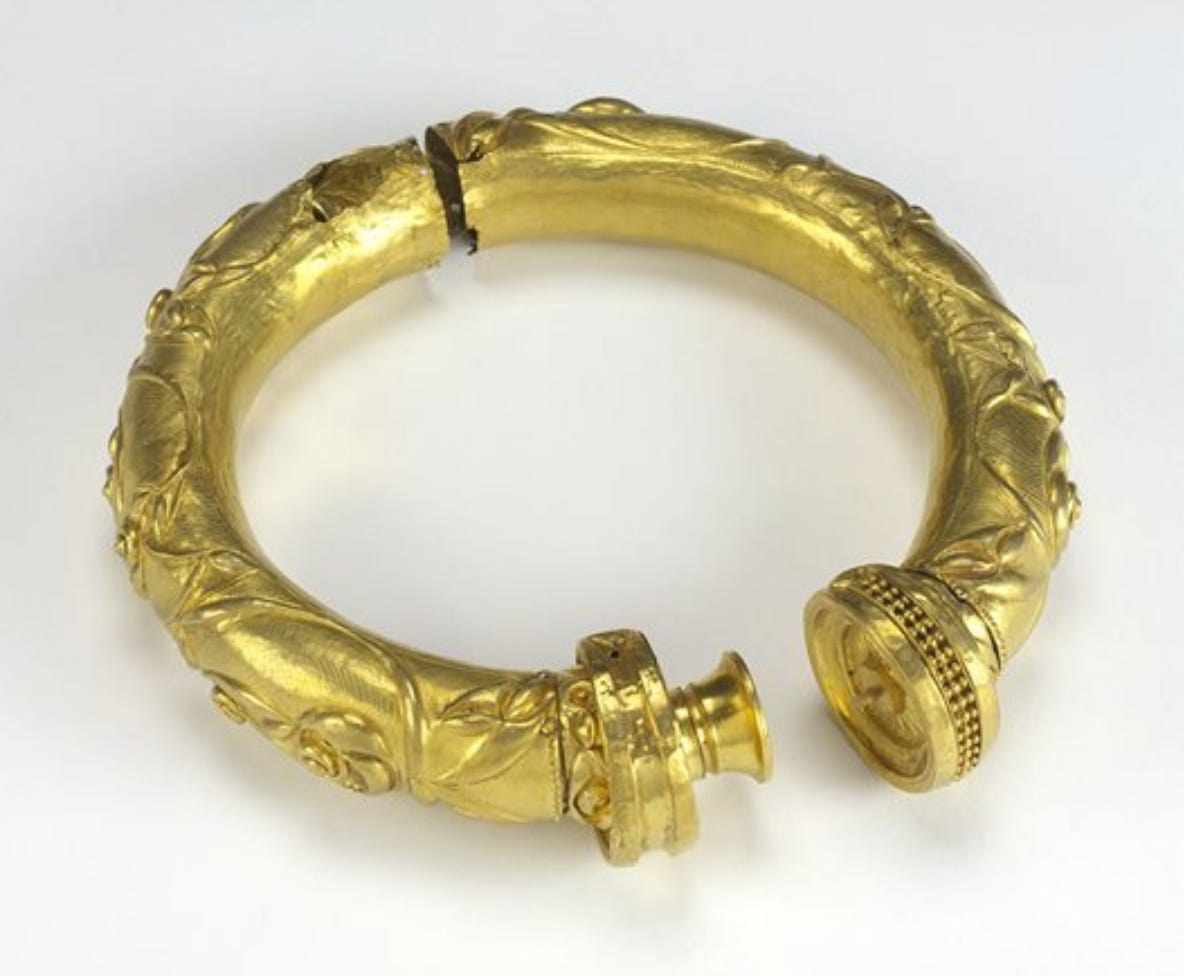


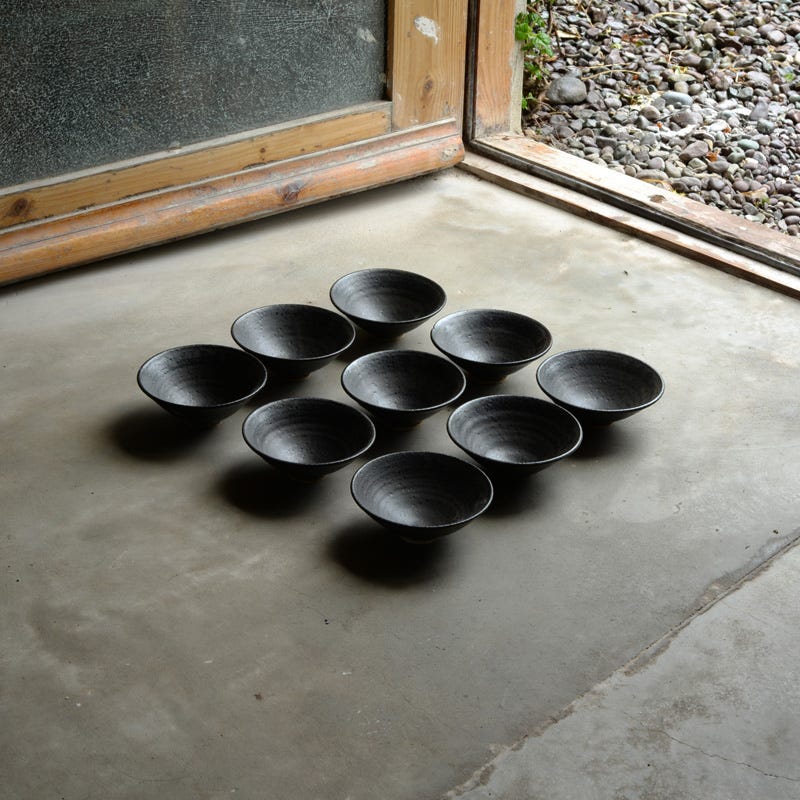
Great post.
Loved this post. I doubt my government (the US) will ever value craft, but this is such an eloquent argument for why it's important.